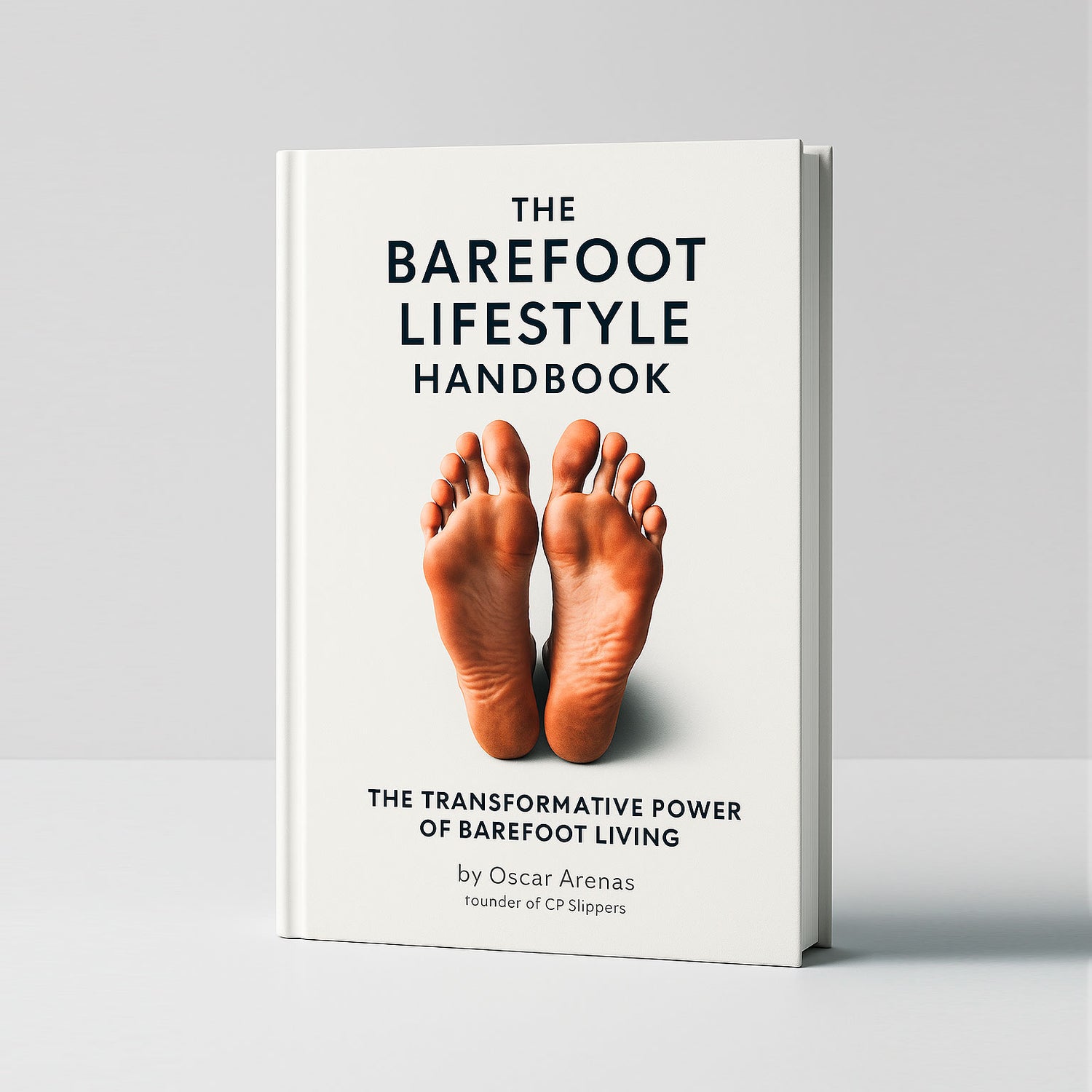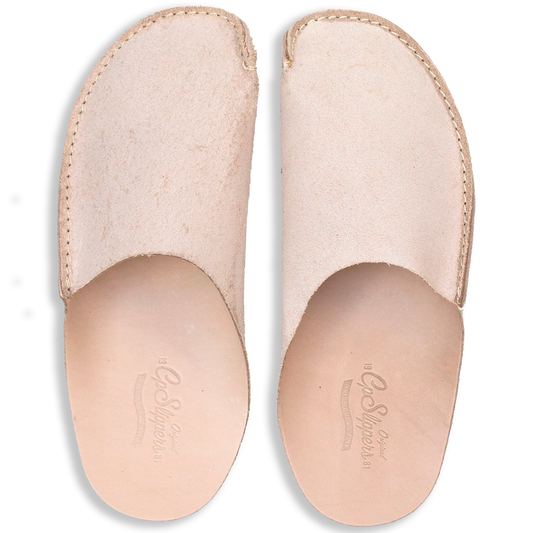Understanding the physical and psychological benefits of connecting with the Earth.
How grounding transforms body and mind
Most of our lives are spent sheltered from the ground. Shoes, buildings, and concrete—modern obstacles separating us from the ground we walk on physically and energetically. But beneath our feet is a strong, healing force; science is starting to explain what many have felt instinctively for decades: walking barefoot, or grounding, can greatly help our bodies and minds.
Grounding: What really happens when you touch the Earth
The human body is, fundamentally speaking, electric. Our cells run on electrical signals, and the Earth itself has a naturally occurring, minute electrical charge. Walking barefoot on natural surfaces—grass, mud, sand—electrons from the Earth enter our bodies to balance our internal electrical circuits. Although this process—known as grounding or earthing—may sound basic, the ramifications are anything but.
Scientific tests have demonstrated that this exchange of electrons lowers chronic inflammation by neutralizing free radicals—unstable chemicals that cause pain, tiredness, and disease. Improved sleep quality, lower cortisol levels, better immune response, and even faster wound healing have also been associated with grounding.
To put it simply, this is about more than just feeling the grass under your feet. It's about rebuilding a biological link with the earth we have lost by industrial existence.
The barefoot body: Physical health benefits
Walking barefoot has advantages for health that transcend mere electrical conductivity. Going shoeless works latent muscles, strengthens arches, and corrects posture and balance. Your proprioception, your body's internal GPS, sharpens as your feet adapt to uneven surfaces, therefore enabling more controlled movement with less effort.
Regular barefoot walkers generally claim fewer joint problems, less foot pain, and even relief from disorders including plantar fasciitis. Most importantly, athletes grow more conscious of how their body interacts with the ground—an awareness that over time fosters resilience, agility, and strength overall.
A calmer mind, A lighter heart
The link between the skin and Earth transcends physiology. There are equally great advantages for mental wellness. Directly touching the earth has been proved to reduce stress, boost mood, and induce serenity and focus.
Our nervous system starts to change as we walk barefoot on natural ground, particularly in peaceful, green areas. Heart rate slows down. Deepens breathing. The brain moves from fight-or-flight mode to a parasympathetic rest state, that sweet spot from which repair and recovery start.
This sensory feedback loop—that of warm sand, chilly grass, or moist soil—anchors us in the present. It promotes awareness, helps to lower anxiety, and may even help to ease depressive symptoms. Your bare feet are a direct path to emotional equilibrium, whether you refer to it as woodland bathing, beach therapy, or just a stroll in the park.
Reconnecting with the Earth, Reconnecting with Ourselves
Though more difficult to measure, there is a deeper dimension to grounding that is equally vital: a sense of belonging. Bare skin on the ground reminds us that we are part of a larger living system that sustains us. This understanding can change our viewpoint and inspire more environmentally friendly decisions as well as a fresh feeling of planetary duty.
Walking barefoot suddenly takes more than just a wellness fad. It is a subdued cry against estrangement. a spiritual endeavor. A return to simplicity in an environment too stimulated.
How to start grounding in everyday life
One does not have to live in the wilderness to gain from grounding. Here is how to start:
- Beginning small is a good idea. Spend five to ten minutes barefoot on a beach, in your backyard, or in a neighborhood park.
- Pick natural surfaces. Best for conductivity are grass, dirt, sand, and stone.
- Listen to your body. See how your attitude, vitality, or physical sensations change.
- Try indoor grounding. When barefoot isn't practical, grounding mats, sheets, or conductive footwear can replicate contact.
- Create a habit out of it. Plan to include deliberate small grounding moments into your daily schedule.
Last consideration
We typically associate health with what we eat or how we move, though this is rarely the case. Still, the Earth is always there—constantly energized, ready to welcome us. Reconnecting with it not only unlocks bodily rewards but also rediscovers a part of ourselves that has been silent for far too long.
Put on your shoes. Outdoors, step. Feel something real.






